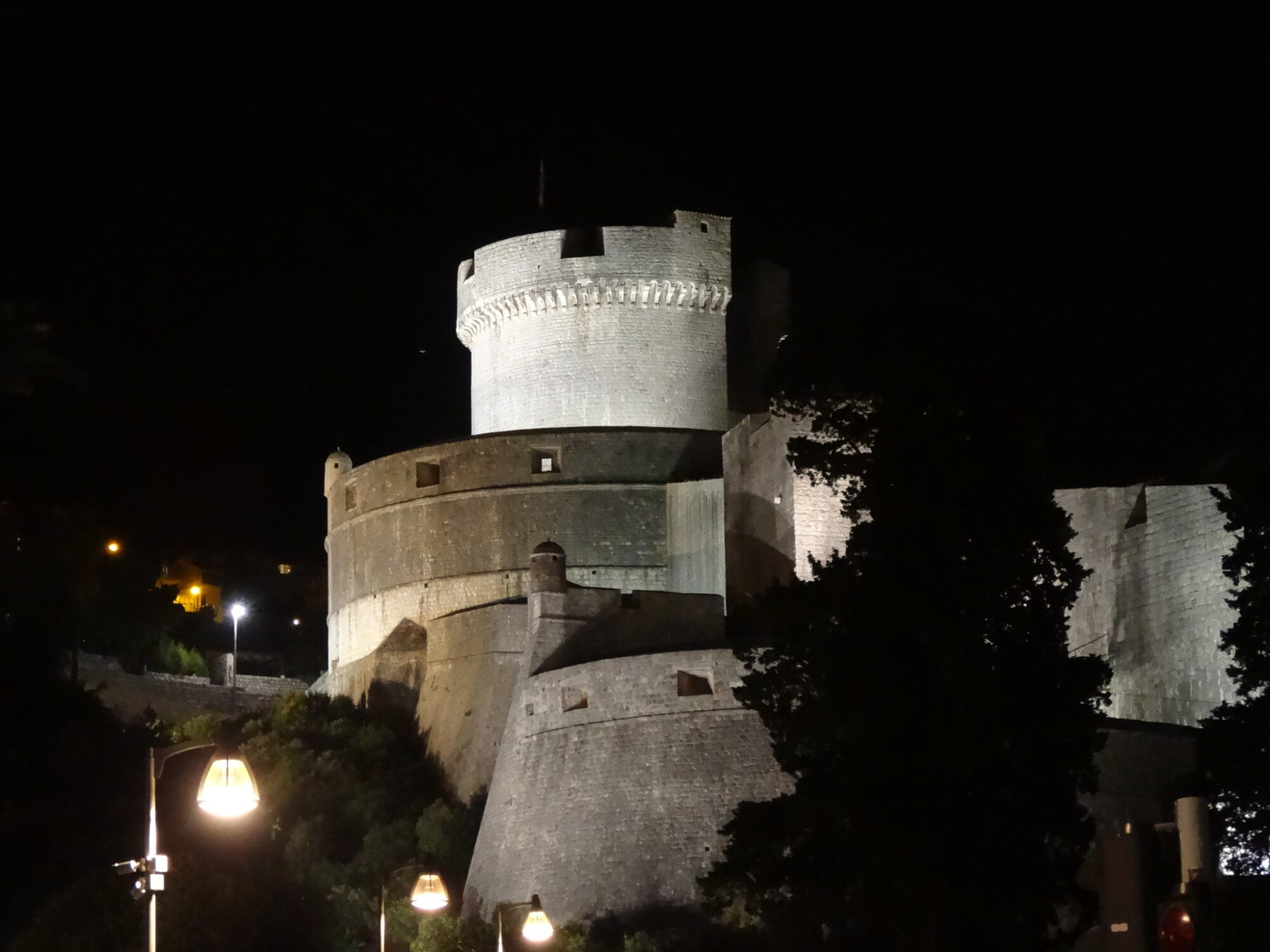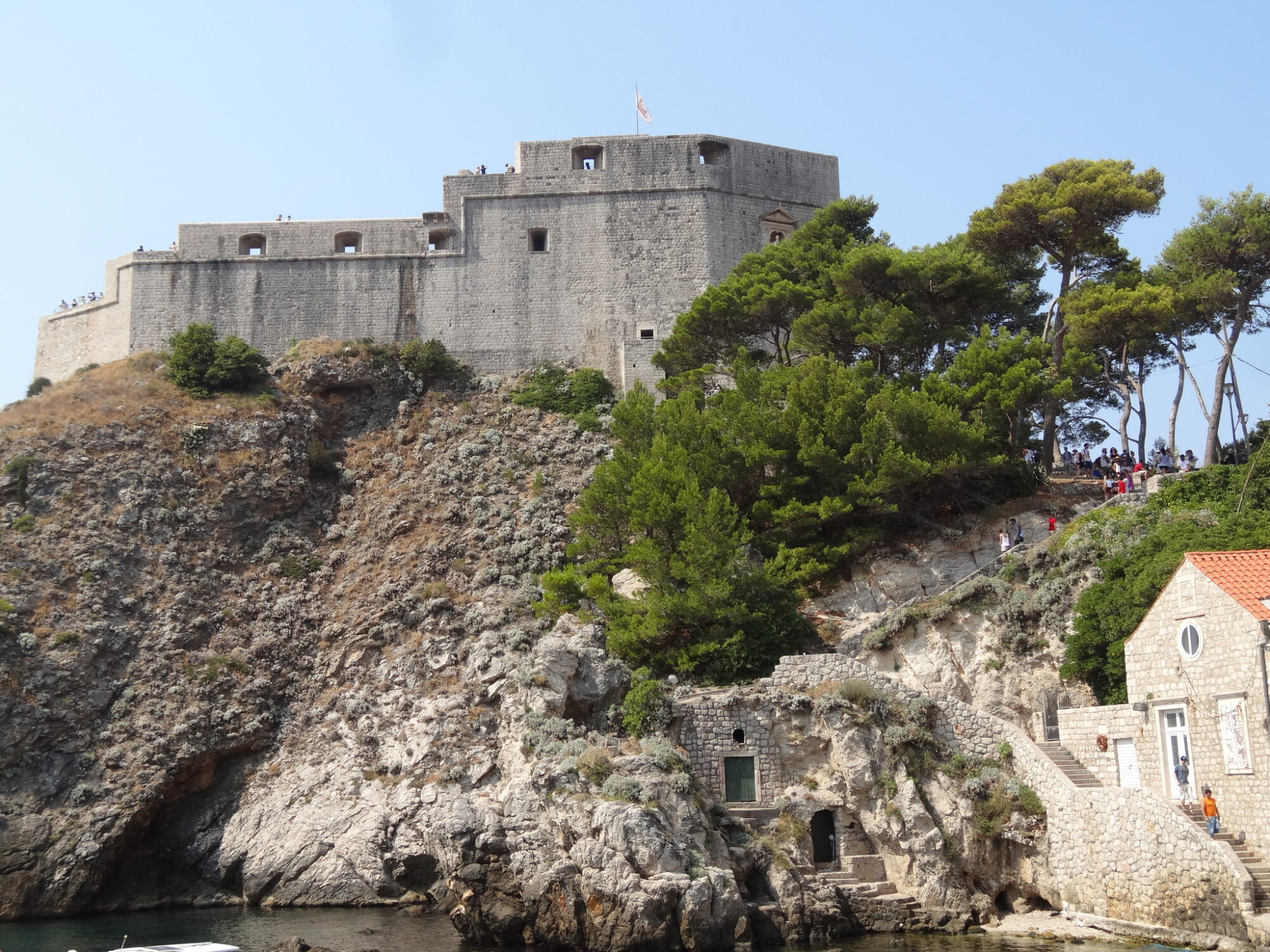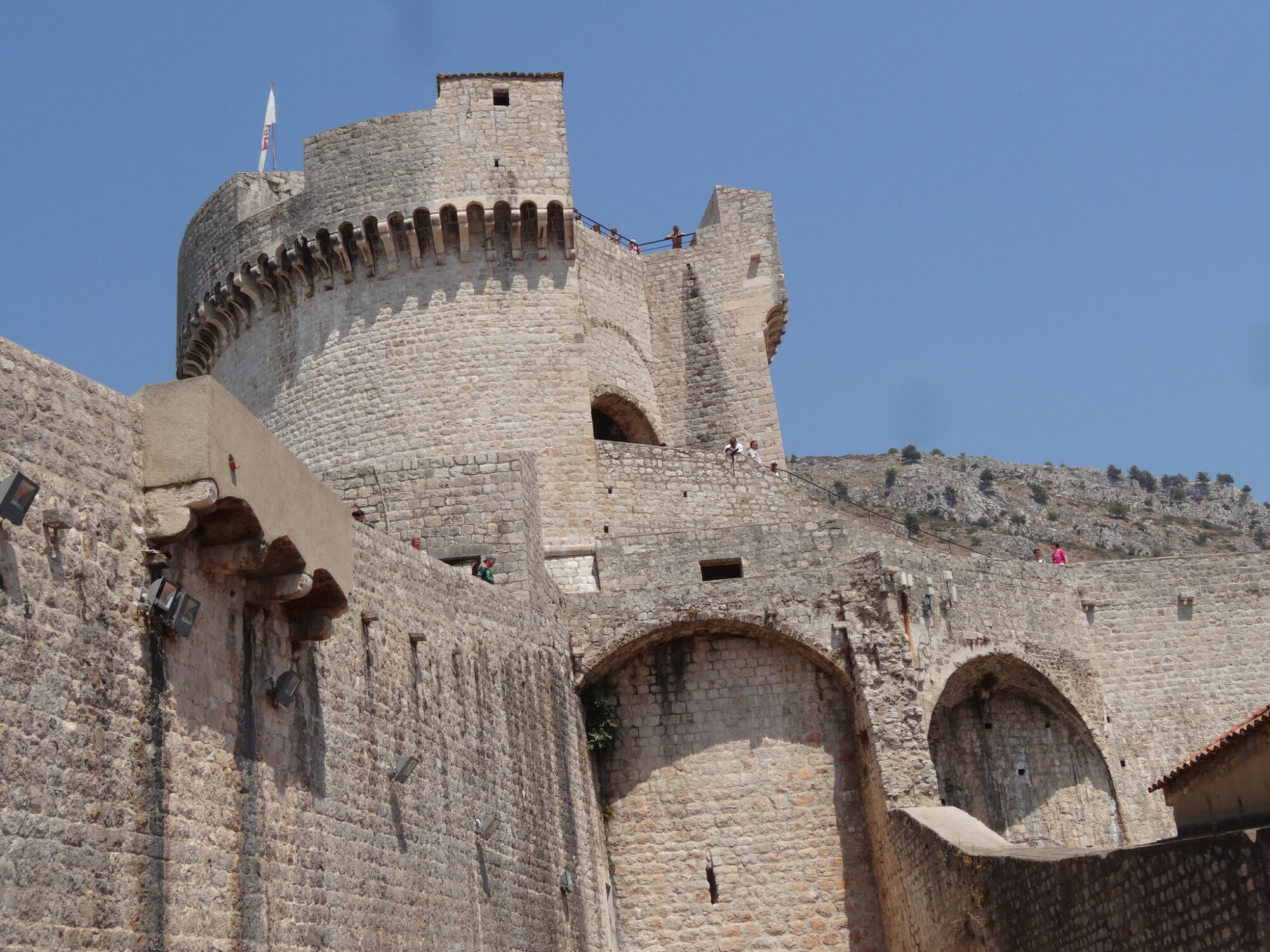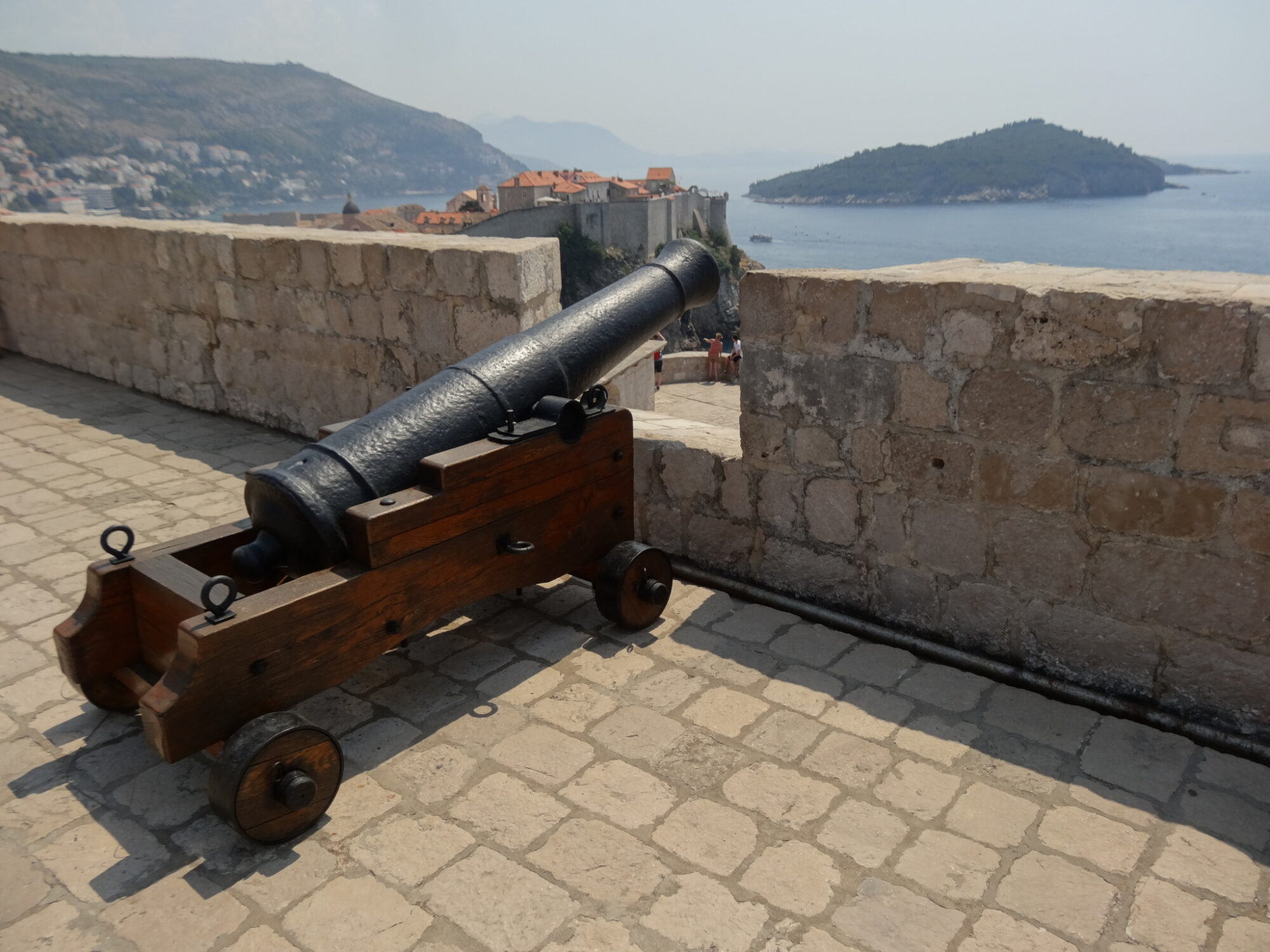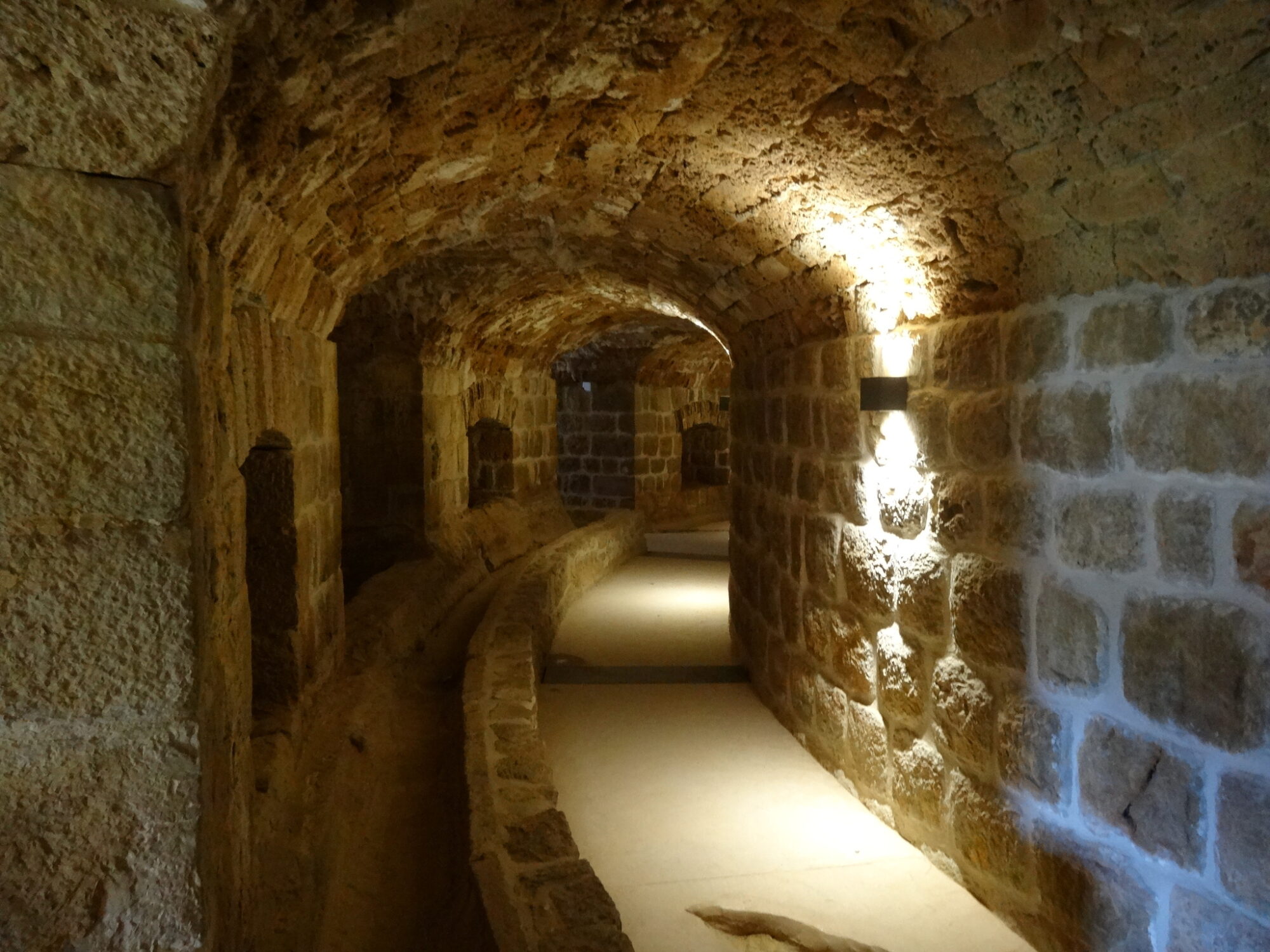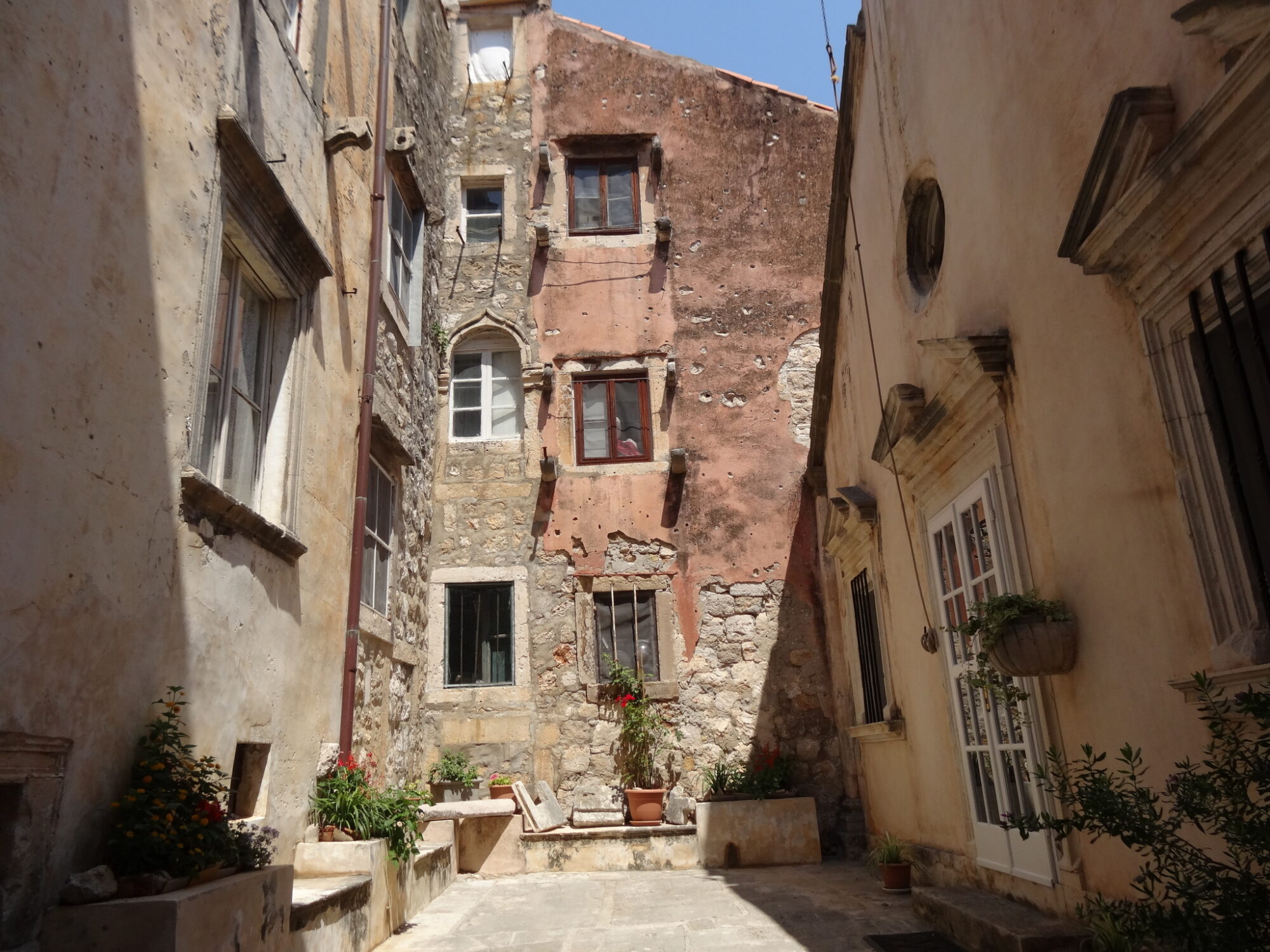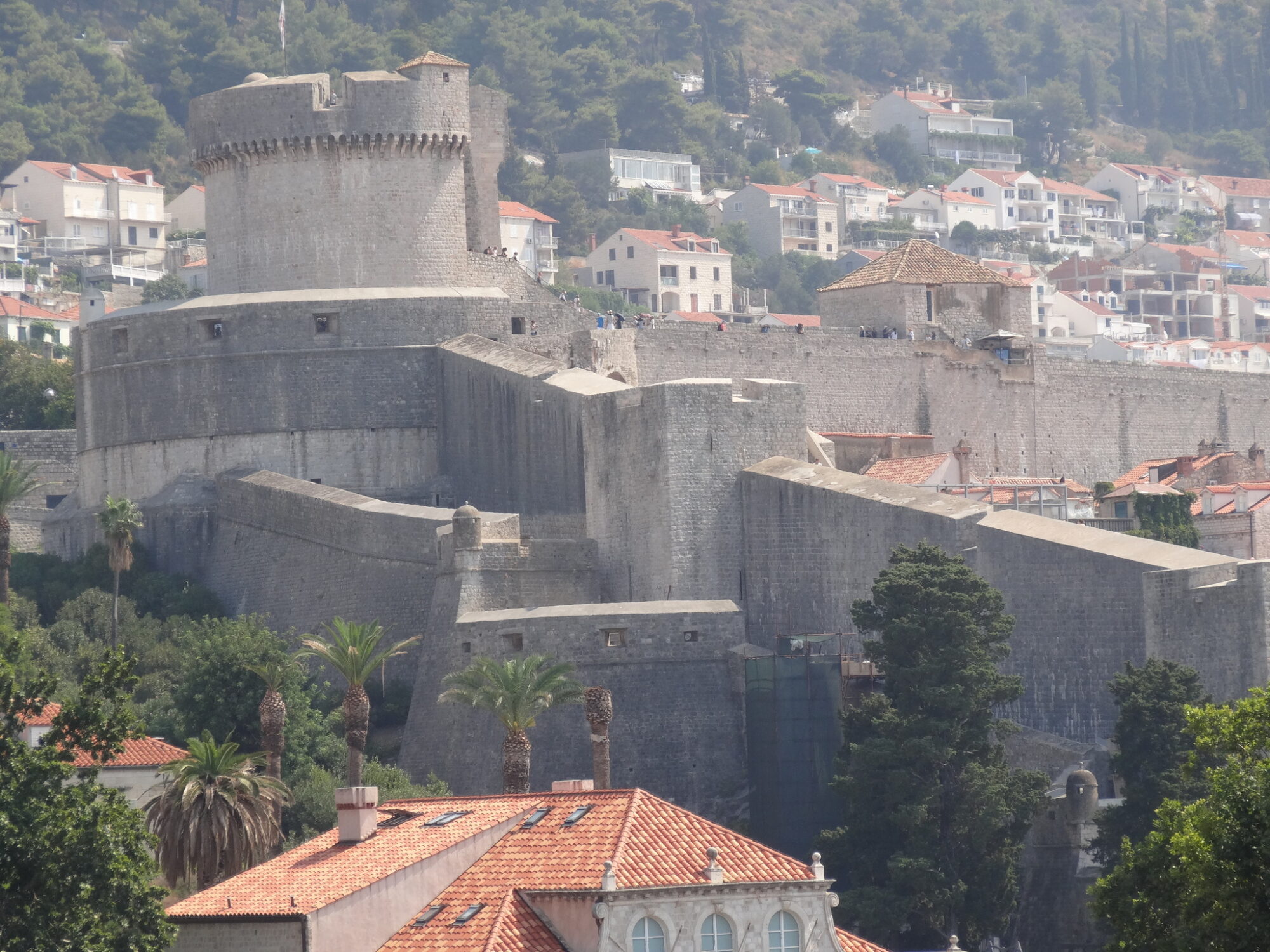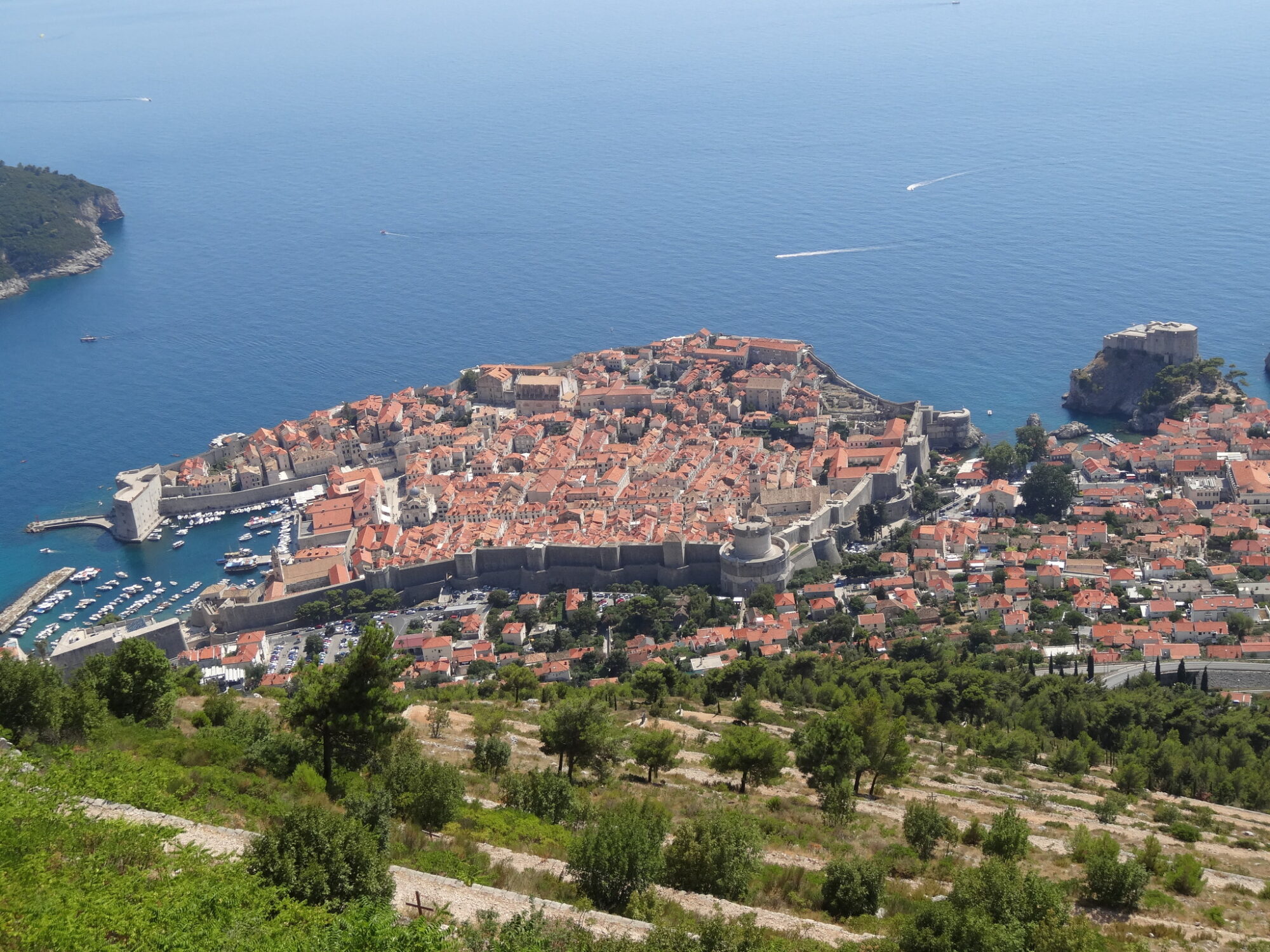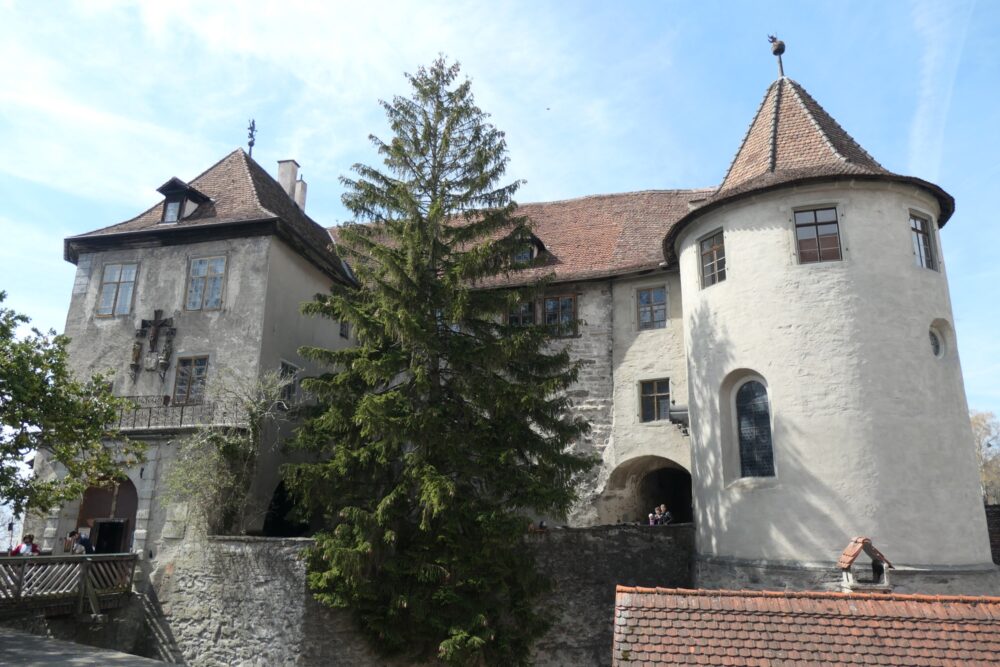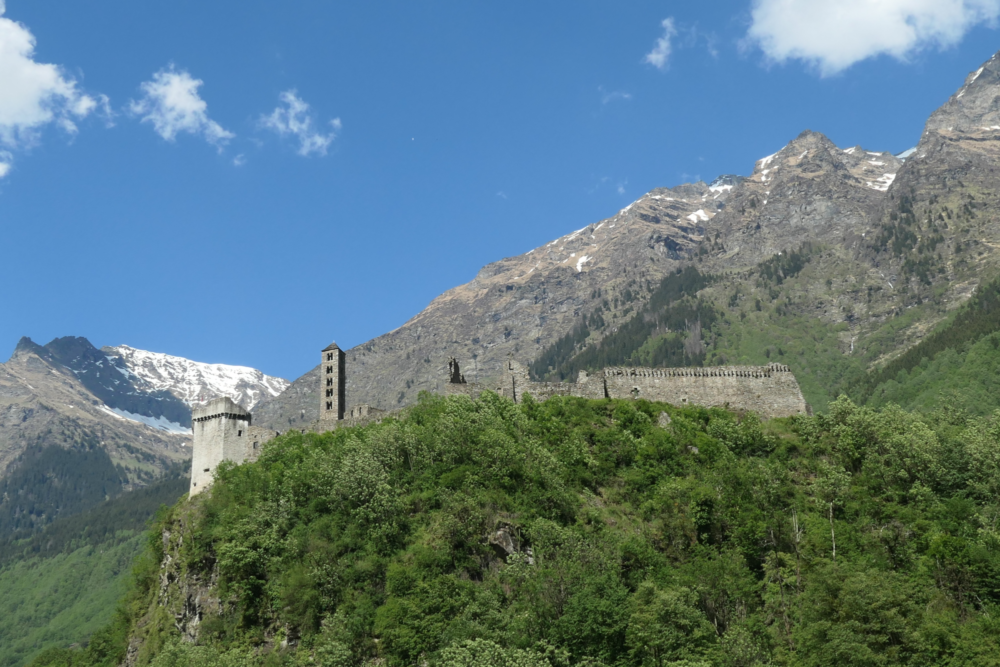
Dubrovnik
As in the 7th century Greek refugees founded what was about to become Dubrovnik, non of them could have imagined the wealth and the strong sense of freedom it would develop. But let’s start at the beginning:
From Ragusa to Dubrovnik
Dubrovnik started as a settlement of Greek refugees in the 7th century. Those days it was called Laus, which over the centuries changed to Raus, which became Ragusa. The name Dubrovnik was first mentioned in a document from 1189. Both names co-existed for centuries, before it was officially changed from Ragusa to Dubrovnik after the collapse of the Austrian Hungarian empire in 1918.
Thanks to the profitable trade with the Ottomans in the outback and the coastal cities of the Mediterranean, Dubrovnik quickly rose to a wealthy town.
It had a civic medical service implemented at the turn of the 14th century. The first pharmacy opened in 1317 and an almshouse was established in 1347. A year later it was hit by the plague and a quarantine hospital opened out of necessity in 1350.
A strong sense of freedom
The republic of Ragusa reached its peak of prosperity in the 15th and 16th centuries. Those days its trading fleet was 160 ships strong and its people already developed a strong sense of freedom:
Ragusa was the first European city-state that abolished slave trading. That was in 1416, around the same time the white flag with the word Libertas (Latin for freedom), was adopted.
And after 13 British colonies declared their independence on 4th of July 1776, the republic of Ragusa was among the first states that recognized the newly born United States of America as an independent nation.
Dubrovnik’s decline
On 6 April 1667, a devastating earthquake leveled most of the town. Only the the Rector’s Palace and the Sponza Palace were spared. The massive city walls, one of the top tourist attractions nowadays, remained largely undamaged. However, Dubrovnik wasn’t eager to put its city walls up to a test.
War with Venice
Venice was the biggest thread of Dubrovnik’s independence for centuries. As in 1699 Venetian forces advanced on the land route, Dubrovnik prevented the clash by selling two patches of its territory to the Ottoman empire. A strip of land that today belongs to Bosnia and Herzegovina. It’s nicely visible on the map further down. Just zoom out until you see a little gap that separates the southern tail of Croatia from the main part of the country.
The end of Dubrovnik’s independence:
On May 27, 1806, French forces came along and demanded to rest in Ragusa. Ragusa agreed, and found itself occupied in the name of Napoleon. It turned out that six meters thick city walls are pretty useless against a smart enemy. Two years later, french Marshal Auguste de Marmont, officially abolished the Republic of Ragusa.
After Napoleon’s grand army got annihilated in its attempt to invade Russia in 1812, plenty of French soldiers deserted. The people of Ragusa have already grown unhappy and with support of British forces they started an insurrection against the French invaders in June of 1813.
While the revolt was going on, the “friendly” Austrian Empire sent a force to assist their Ragusan allies…
However, after the French capitulation was signed on 27 January 1814, the Austrians occupied Ragusa. And so the shitty city walls failed to protect Dubrovnik a second time. In less than a decade!
The Austrian occupation lasted for more than a hundred years and ended with the collapse of the Austrian Hungarian Empire in 1918. Ragusa changed its name to Dubrovnik around the same time.
Yugoslav Wars
In 1991, the Yugoslav Wars started. It marked the beginning of the collapse of the Yugoslav federation.
Dubrovnik was under Siege and heavy artillery attacks from Serbian and Montenegrin forces. This time the city walls successfully kept the enemy out. Apparently, just because technology grows out of fashion (city walls since the 17th century btw.), it doesn’t render it completely useless. The city got heavily damaged non the less, but UNESCO workers and locals did a great job in restoring most of the damage.
Still, if you take a close look, you can see plenty of traces from the war. Like for example this house, which is covered by bullet holes.
Visit Dubrovnik
Allow me to start with a warning:
Dubrovnik was already a popular tourist destination around 1900, a time in which traveling for recreation was a privilege of the upper class. The old town is a world heritage site in its entirety and it’s literally overrun by tourists. So if somehow possible, do yourself a favor and try to avoid the main season in summer.
So yes, there is a lot to see in Dubrovnik:
The old town, fort Lovrijenac – a 16th century seaside fortress, plenty of tiny, sometimes well hidden beaches, fort Imperial – which houses the homeland war museum, and of course the already mentioned city walls. They are between 4 to 6 meters (13–20 feet) thick, almost 2 kilometers (1.2 miles) long, and they attract about a 1.3 million visitors each year.
Should you have the opportunity to visit Dubrovnik, stay there for at least 7 days. The beaches, although rocky, not sandy, are very picturesque and provide a perfect diversion in case you catch a sight seeing fatigue.
If you’re a fan of HBO’s Game of Thrones, you might want to join one of the “Game of Throne” tours that walk you to the various filming locations. But to be honest, there are way more interesting tours available. So spend your time wisely.
